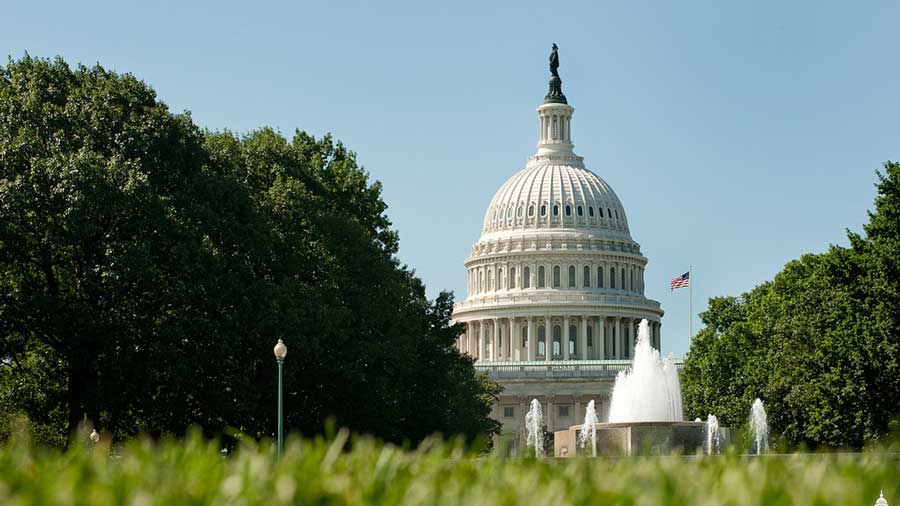Coronavirus Bill Buttresses Rural Broadband Buildout Funding

The $2 trillion coronavirus aid bill includes $125 million dollars to buttress the Department of Agriculture's Rural Utilities Service (RUS) telemedicine and distance learning and broadband buildout loan and grant programs.
The bill must still be passed by the House--a vote is scheduled for Friday, March 27, but that is expected to happen and the President to sign it the same day.
Related: Massive Coronavirus Aid Bill Passes Senate
Getting broadband to rural areas so that those residents can also telecommute and get distance learning and healthcare is a top-of-mind issue in Washington due to the pandemic.
The RUS funding comes in two tranches.
The RUS' existing $600 million pilot program for rural broadband loans and grants will get an additional $100 million to "prevent, prepare for, and respond to coronavirus," with the same restrictions as the pilot program.
That means at least 90% of the households being served must be in a rural area "without sufficient access to broadband," which it defines as 10 Mbps downstream, 1 upstream, though the Secretary of Agriculture can review and update that definition annually. The money can't be used to overbuild or duplicate broadband expansion efforts by anyone entity that has already gotten a broadband loan from the RUS.
Multichannel Newsletter
The smarter way to stay on top of the multichannel video marketplace. Sign up below.
The grants will be weighted toward previous applicants who are now eligible due to adjusted eligibility requirements.
Then there is an additional $25 million under RUS's "Distance Learning, Telemedicine, and Broadband Program" to, again, "prevent, prepare for, and respond to coronavirus."
Both amounts are available until Sept. 30, 2021, though hopefully the pandemic will have ended before then.
FCC chair Ajit Pai, for whom closing the rural digital divide is an avowed priority, praised the infusion of funds.
Contributing editor John Eggerton has been an editor and/or writer on media regulation, legislation and policy for over four decades, including covering the FCC, FTC, Congress, the major media trade associations, and the federal courts. In addition to Multichannel News and Broadcasting + Cable, his work has appeared in Radio World, TV Technology, TV Fax, This Week in Consumer Electronics, Variety and the Encyclopedia Britannica.

